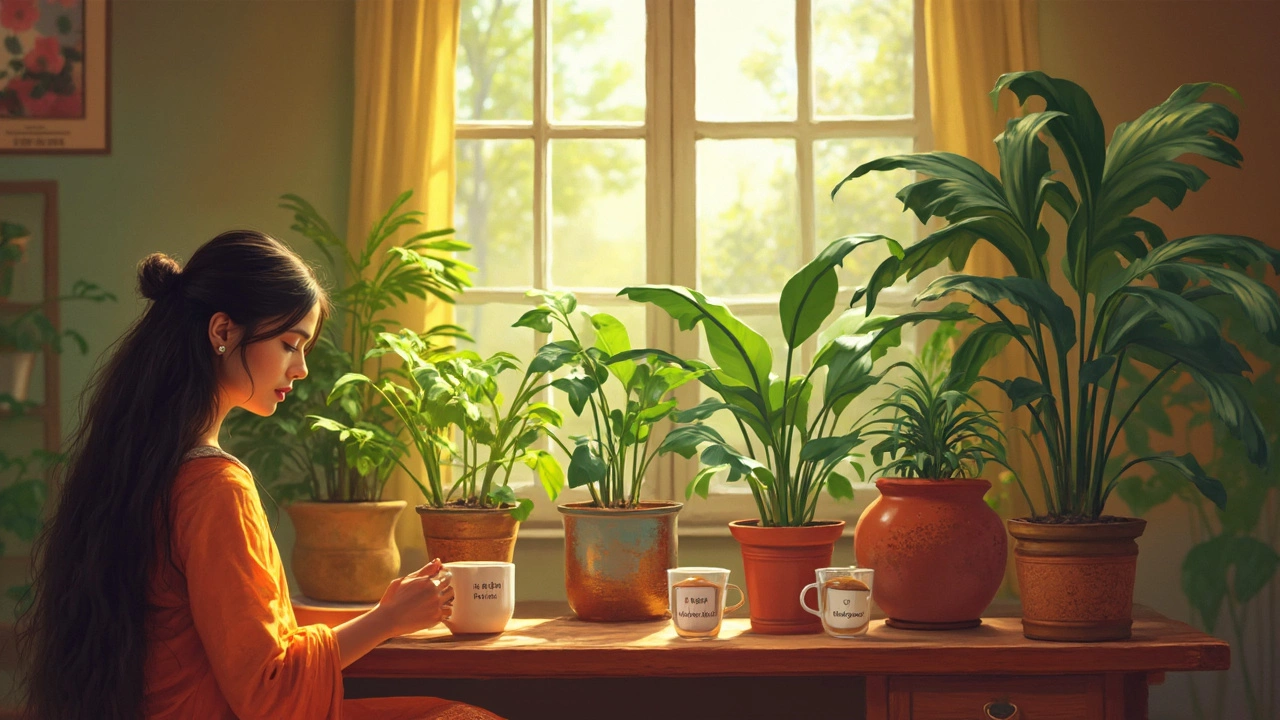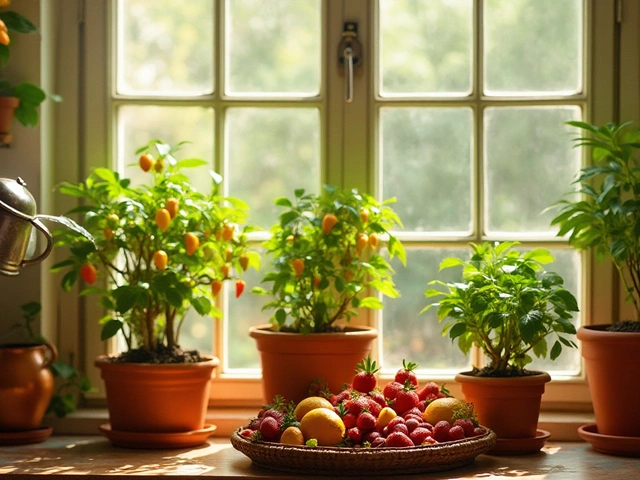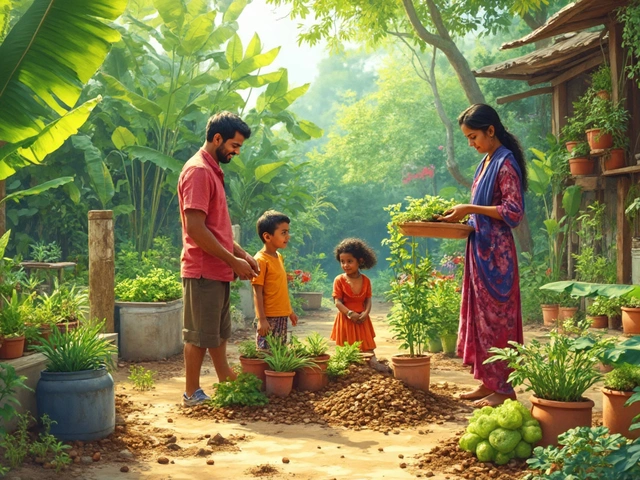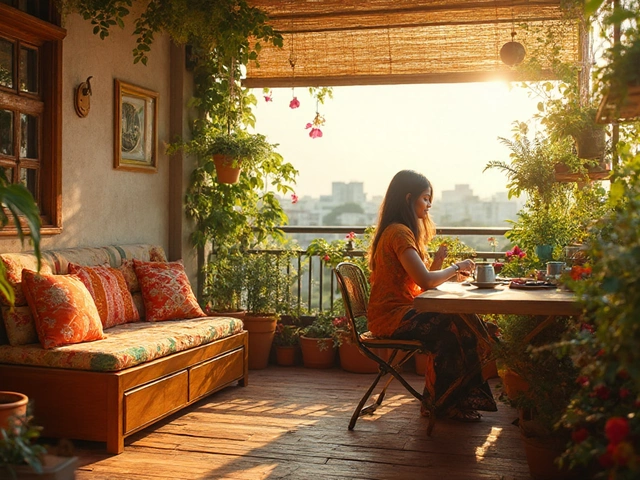If you've ever stared at your watering can wondering if spray-bottle water, leftover coffee, or even bottled water works better than plain old tap, you’re not alone. Surprisingly, not all water is created equal for your leafy roommates. While most indoor plants survive on regular tap water, there are a few things that can mess with their health, like too much chlorine, hard minerals, or even weird stuff in your pipes.
Changing up what you pour into your pots might sound fussy, but some tweaks can make a huge difference, especially if you notice brown leaf tips or your plant keeps looking sad even though you swear you're not overwatering. Let’s break down what actually matters with plant water, and whether making a switch is worth your effort.
- Is Tap Water Really That Bad?
- How Rainwater and Filtered Water Measure Up
- Weird Liquids People Try—Do They Work?
- Tips for Picking the Right Water for Your Plants
Is Tap Water Really That Bad?
Let’s be real: most people grab tap water for their best liquid to water plants without a second thought. For the average spider plant, pothos, or snake plant, this works just fine. But sometimes, tap water brings extra baggage that indoor plants aren’t crazy about.
The main issue? Chemicals and minerals. Most tap water has a mix of chlorine or chloramine (that’s what keeps city water safe for us), plus minerals like calcium, magnesium, and sometimes even fluoride. If you live somewhere with “hard” water—that means it’s loaded with minerals—you might spot white, chalky stuff around the edges of your pots. Think your plants are just being dramatic? Not really. Over time, these minerals can pile up in the soil and mess with plant roots.
Chlorine is usually fine in small doses. Most city water systems use safe levels, but sensitive plants—think ferns, palms, or peace lilies—might get crispy brown leaf tips if they soak it up for too long. If you leave a jug of tap water out overnight, a lot of the chlorine will evaporate. Chloramine, though, sticks around and doesn’t disappear with a quick air-out.
Fluoride’s another sneaky one, especially in tap water out west or in big cities. Plants like dracaena and spider plants are weirdly sensitive to it. If your plant’s tips keep going brown, this could be the reason.
Here’s a quick breakdown to spot if your tap water might be causing trouble:
- Brown crispy edges on otherwise healthy leaves
- White crusty build-up on the surface of the soil or pot
- Plants that seem to grow slower or look dull, even when you do everything else right
If you’re curious what the pros think, here’s what The Spruce says about watering with tap:
“Most houseplants can tolerate regular tap water, but if you want to avoid brown tips, let water sit overnight or switch to filtered water, especially if your city adds lots of chlorine.”
So, is tap water evil for every plant? Not really. But if you’re picky about those leaf tips or have sensitive indoor plants, switching things up or just letting tap water sit before using it can make a difference. Otherwise, if your plants look good and aren’t throwing a fit, don’t stress too much about it.
How Rainwater and Filtered Water Measure Up
People always hype up rainwater, but is it seriously that much better for your houseplants? Actually, yeah. Rainwater is naturally soft and, more importantly, it’s almost free of salt and minerals that can gunk up your soil. Plus, it sometimes holds a bit more nitrogen that plants can use for steady growth. If you’ve ever noticed your plants look perkier after a storm, it’s not your imagination—rainwater simply has stuff in it that’s closer to what plants get in the wild.
Filtered water (like what comes from a Brita or reverse osmosis system) is a solid backup. It strips out most of the chlorine, chloramine, and that weird metallic taste you sometimes get from the tap. Why does that matter? Chlorine can build up in soil over time and stress certain houseplants, especially fussy types like calatheas. Filtration also helps remove heavy metals that could secretly be creeping into your plant’s roots.
If you want to compare what your plants get from different types of water, here’s a simple breakdown:
| Type | Mineral Content | Natural Additives | Possible Problems |
|---|---|---|---|
| Rainwater | Low (soft) | Trace nitrogen, oxygen | May pick up pollutants if collected near traffic/roofs |
| Filtered Water | Low, varies by filter | None (just pure H2O) | No nutrients added; can be wasteful to filter a lot |
| Tap Water | Medium-high (often hard) | Chlorine/chloramine, sometimes fluoride | Build-up of salts and chemicals |
The main catch with rainwater is collecting it safely. Don’t just scoop it off your rusty old shed roof and call it a day. Use clean buckets or a sealed barrel, and grab the water after a good rain has rinsed off dust and pollen. Filtered water is less risky and quick to get, though, honestly, it can be a pain to run gallons through filters if you’ve got a big indoor plant family.
- Try using rainwater if you can collect it cleanly, especially for sensitive plants.
- If your tap water is really hard (lots of white crust in your kettle), filtered water can prevent long-term leaf damage.
- Room temperature is way better than cold water, no matter which source you pick.
If you want the best liquid for most indoor plants, rainwater wins, but filtered water is a great substitute when rain isn’t an option. Some folks even mix both (about half and half) when they’re short on either. Bottom line: less buildup, happier roots.
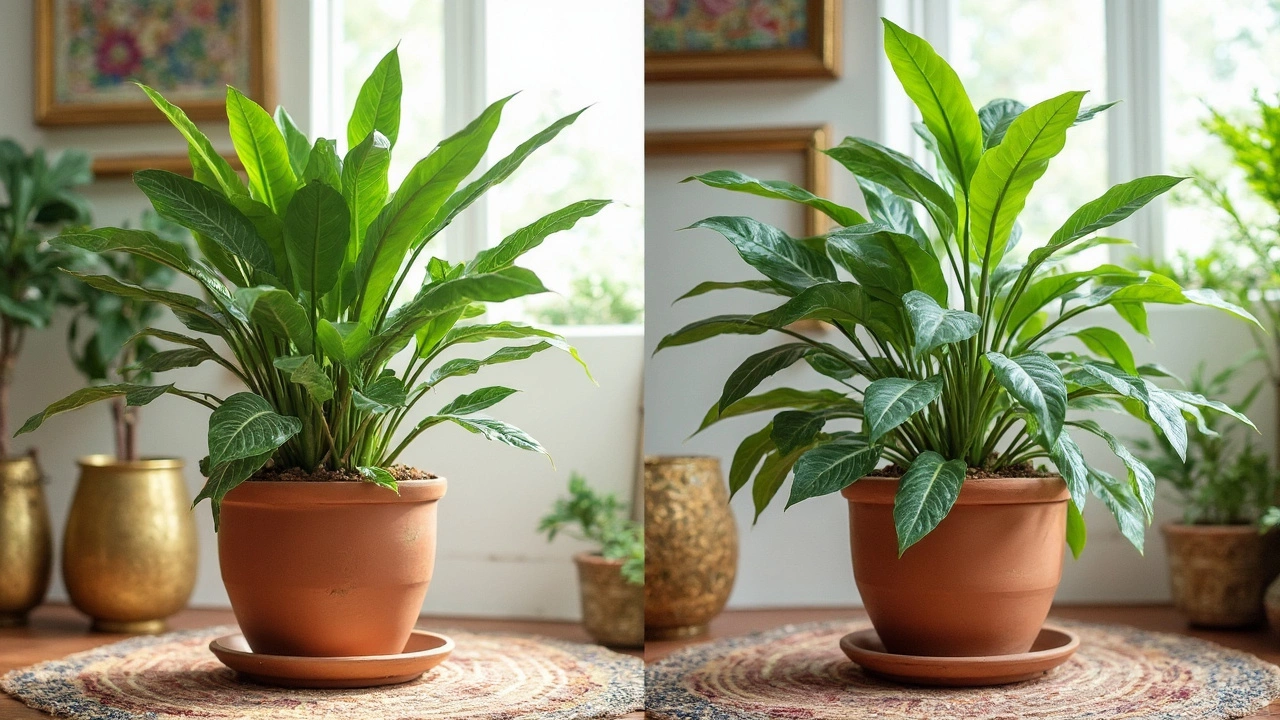
Weird Liquids People Try—Do They Work?
Let’s talk about the stuff people actually pour on their plants when they run out of patience or get too creative. Some of these tricks show up in YouTube videos and group chats, so here’s how they stack up—no hype, just real results.
- Leftover Coffee: Coffee is acidic. A splash or two in soil now and then won’t instantly kill your plant, but regular use messes up the pH, making it tough for roots to absorb nutrients. The caffeine can even slow down growth—no plant needs that kind of buzzkill. Even diluted, coffee isn’t a win for most indoor plants.
- Milk: Some folks swear by watering plants with a mix of milk and water. While milk has calcium, tossing it in pots makes the soil nasty and can attract mold or bugs. Plus, milk clogs up the roots. Indoor plants really don’t need dairy.
- Club Soda: People love this one for the minerals. The fizz does nothing except maybe air out the soil for a second, but in the long run, club soda can just add too much sodium and minerals, which stacks up and messes with the soil chemistry. No clear benefits for houseplants.
- Fish Tank Water: This one actually gets a gold star if you keep freshwater fish. Old aquarium water is rich in nitrogen and healthy bacteria—basically, a plant-friendly fertilizer. Just skip it if your tank is salty (for saltwater fish), because salt kills plants.
- Rice Water: After rinsing rice, the starchy water is sometimes given to plants. It’s not magic, but it has trace nutrients. If done once in a while (and never hot, always room temp), it’s harmless—but don’t expect your plant to suddenly explode with growth.
If you’re curious, here’s a snapshot of what these weird liquids actually pack (compared to regular best liquid for plants, which is simple, filtered or dechlorinated tap water):
| Liquid | Main Effect | Problems | Safe for Most Houseplants? |
|---|---|---|---|
| Leftover Coffee | Very acidic, a tiny bit of potassium | Lowers soil pH, caffeine can harm roots | No |
| Milk | Calcium, protein | Mold, bad smell, attracts pests | No |
| Club Soda | Carbon dioxide, minerals | Sodium build-up, too many minerals | No |
| Fish Tank Water | Nitrogen, beneficial bacteria | Too salty if saltwater | Yes (if freshwater only) |
| Rice Water | Trace minerals, starch | May attract pests if not diluted | Occasionally |
Quick tip: If it wasn’t water when it came out of your tap or hose, odds are you should skip it—unless you really know what you’re doing. Stick to liquids that don’t leave behind junk or throw the soil totally out of whack.
Tips for Picking the Right Water for Your Plants
Here’s the deal: not every water source treats your plants the same. Some water types help them thrive, others quietly stress them out over time. The most important thing is to know what’s in your water. Let’s get practical and figure out what works best for your houseplants so you’re not wasting effort or risking ugly brown leaf tips.
Start by thinking about your tap water. Most folks use it, but it can have chlorine or, if you live in a hard water area, loads of minerals like calcium and magnesium. Hard water can make a crust on soil or leaves, and sensitive plants like spider plants or prayer plants often react badly. If you notice scale buildup or crispy leaf edges, this might be the cause. You can get your tap water tested if you're curious—just search for an affordable home water test kit online.
| Water Type | What’s Good? | What Can Go Wrong? |
|---|---|---|
| Tap Water | Easy, cheap, usually fine for most plants | Might have chlorine, fluoride, or be too hard |
| Filtered Water | Reduces minerals & chemicals, gentler on plants | Cost adds up if you have lots of plants |
| Rainwater | Soft, natural, usually packed with a little nitrogen | Could have pollution if you live in a big city |
| Distilled Water | Pure, no minerals or chemicals | Too pure for long-term use—plants need some minerals! |
To make your best liquid for plants even better, here are a few simple tricks:
- Let tap water sit out overnight: This lets chlorine evaporate. Just pour water in a jug or bucket and use it the next day.
- Check for water softeners: Softened water usually has extra salt. Skip it for your plants; salt can kill roots over time.
- Use filtered or rainwater for fussy plants: Plants like calatheas and carnivorous plants really hate hard tap water. Collect rainwater (if it’s clean in your area) or use a basic water filter jug.
- Don’t go overboard with distilled water: If you use it, mix with a little tap or rainwater now and then so your plant isn’t starved for trace minerals.
If you’re really into the nitty-gritty, test your water pH. Most houseplants like it between 6.0–7.0. Your local garden center has cheap test strips. When in doubt, use whatever water keeps your plants looking healthy and growing—that’s your real answer.
